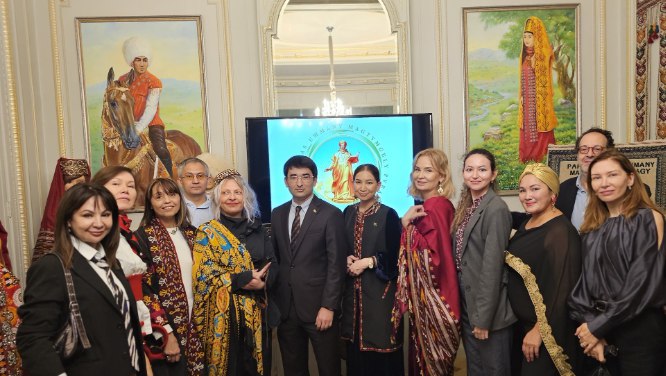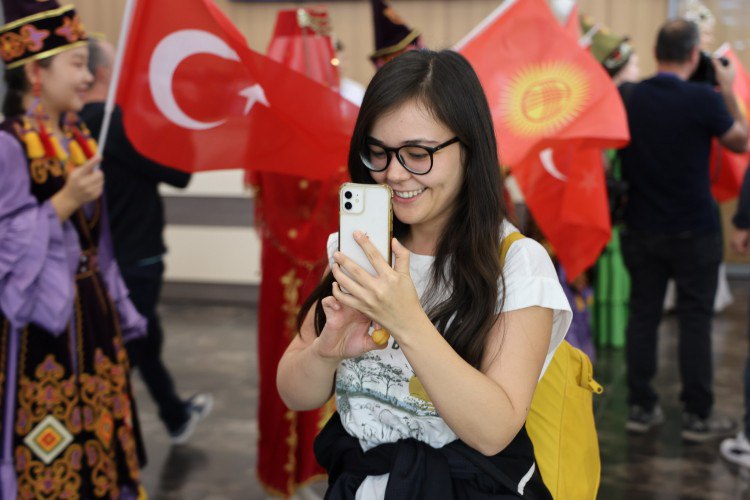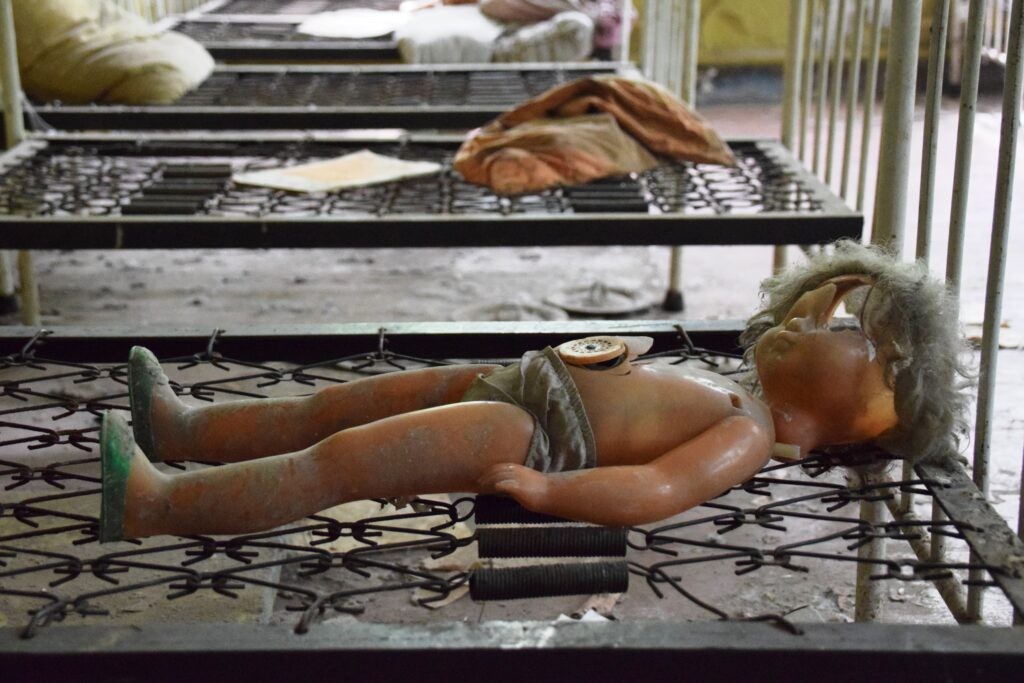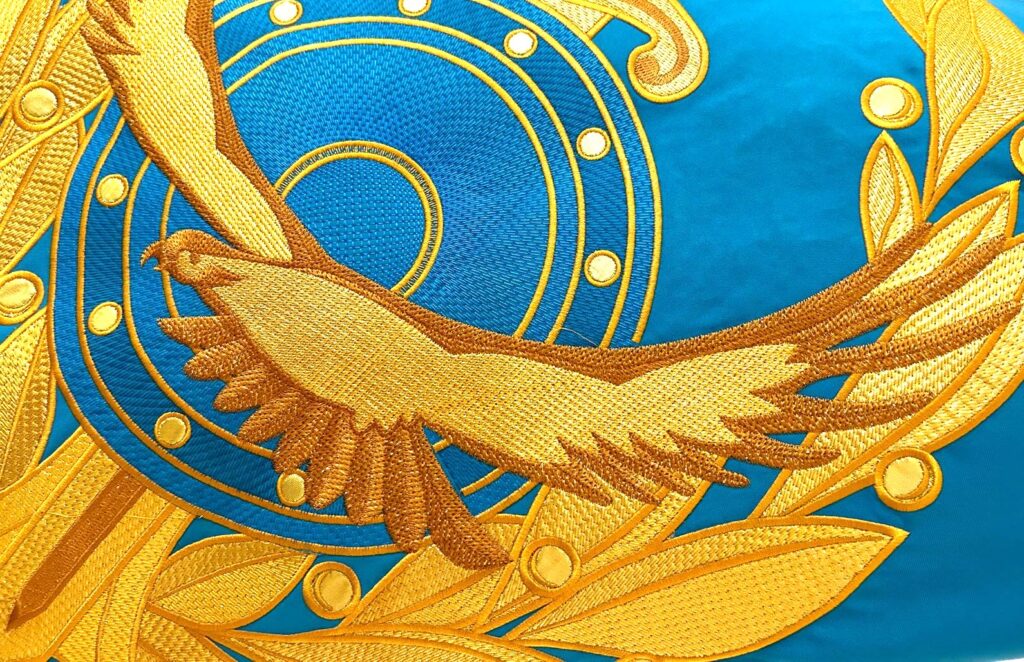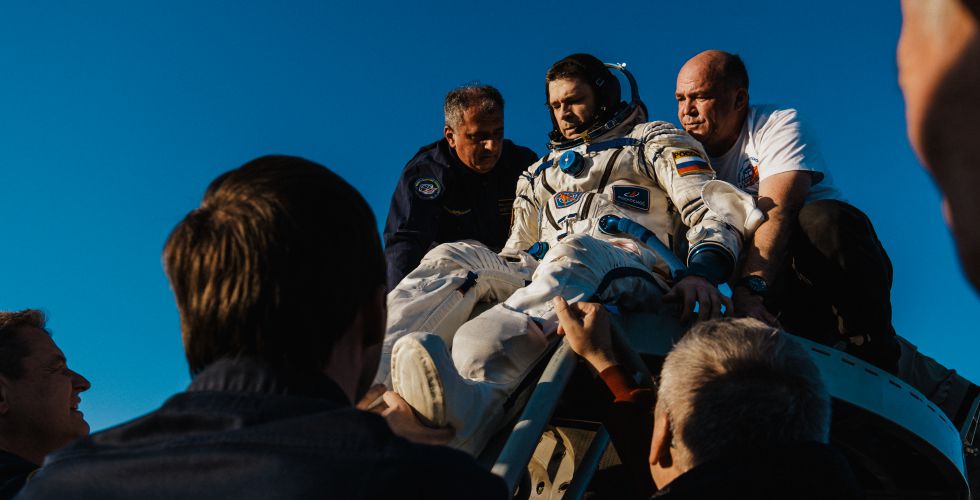British Museum Opens Silk Roads Show – With Help from Uzbekistan, Tajikistan
The British Museum opened Silk Roads to the public on Thursday, delivering a highly anticipated exhibition about the vast, interlocking routes that connected cultures across Asia, Africa and Europe for centuries and includes ancient chess pieces and other items on loan from Uzbekistan as well as Tajikistan. The show, which runs until Feb. 23, 2025, aims to get beyond traditional notions of spices, camels and sand dunes, as well as the misconception that there was one “Silk Road” - a single pathway that ran across Central Asia, linking traders in the West with those in the East. While the Silk Roads network lasted for millennia, the British Museum is focusing on the period between AD 500 and 1,000, when contacts accelerated and religions and technology flourished across far-flung regions. “Rather than a single trade route from East to West, the Silk Roads were made up of overlapping networks linking communities across Asia, Africa and Europe, from East Asia to Britain, and from Scandinavia to Madagascar,” the museum says in its introduction to the London show. The British Museum worked with 29 national and international partners on the exhibition, which includes objects from Uzbekistan and Tajikistan that have never been on display in Britain and highlight the importance of Central Asia to the continent-sweeping saga of the Silk Roads. Uzbekistan, home to Khiva, Bukhara and Samarkand and other sites associated with the ancient network, is a big player in the exhibition. It is lending “the oldest group of chess pieces ever found” and a six-meter-long wall painting from the ‘Hall of the Ambassadors’ in Afrasiab, an ancient spot in Samarkand, according to the Uzbekistan Art and Culture Development Foundation. “The painting evokes the cosmopolitanism of the Sogdians from Central Asia who were great traders during this period,” the state foundation said. Saida Mirziyoyeva, a daughter of Uzbek President Shavkat Mirziyoyev and a senior presidential aide, attended the exhibition roll-out this week. “A must-see for anyone passionate about Silk Road history!” she said on X. The National Museum in Tajikistan, which started working with the British Museum on plans for Silk Roads in 2022, has said it is lending items “related to the Buddhist culture of the 7th and 8th centuries, found in the monuments of Ajinateppa, Kafarnihon, and Vakhsh.” Objects on display include a Buddha figurine found in Sweden; an Islamic-style map drawn for the Christian king of Sicily; a Chinese ceramic dish found in a shipwreck in Indonesia; a gilded silver cup whose components indicate links between Scotland and West Asia; a gold shoulder clasp with Indian garnets that was found at the Sutton Hoo ship burial in Suffolk; and a gold bowl found in Romania that was linked to the Avars, an originally nomadic group from the northeast Asian steppe. The exhibition is not just about physical objects. There are also stories about an African king, a Chinese princess and other characters whose lives were connected to the Silk Roads, and insights into religious encounters and the spread of...

